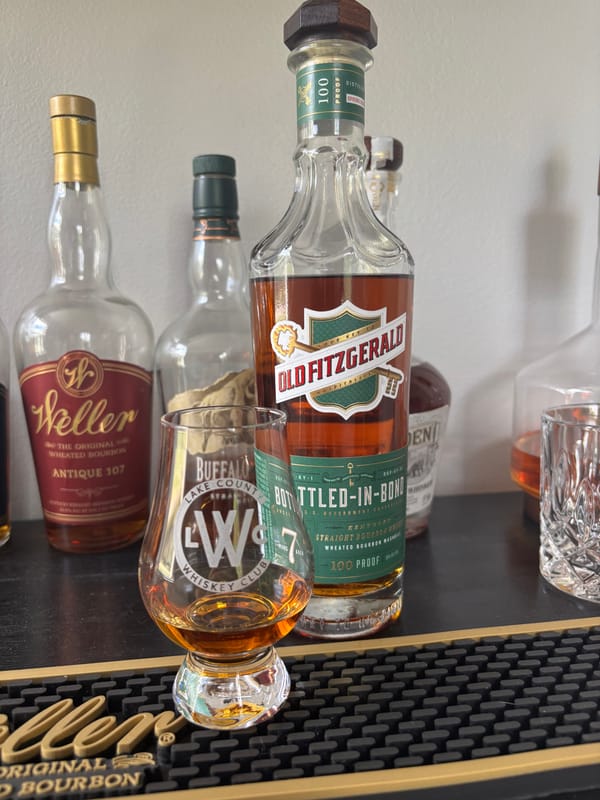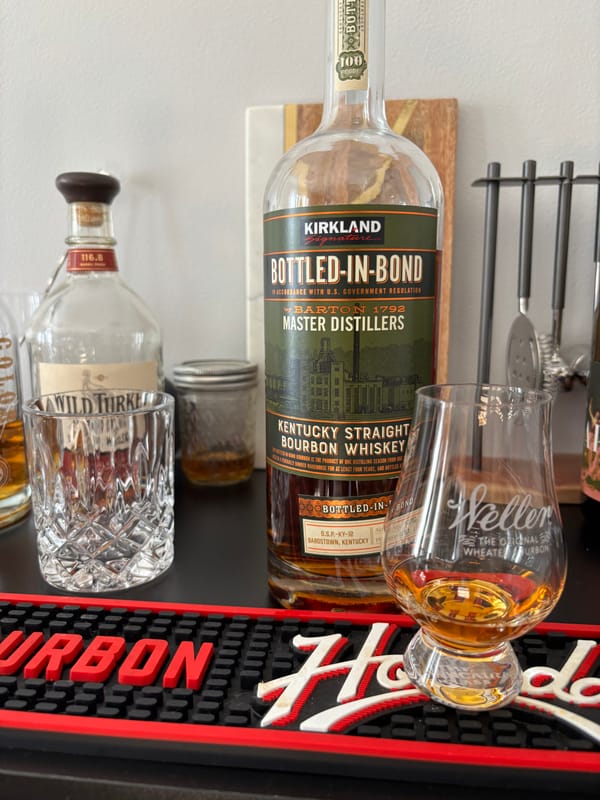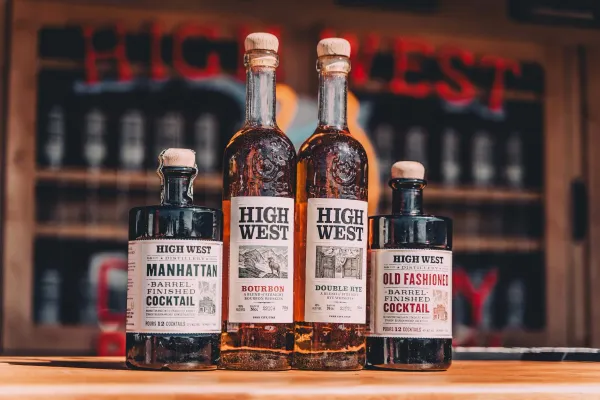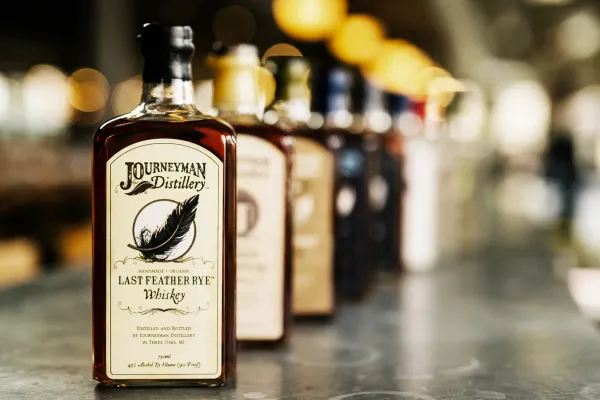Whiskey Barrel Entry Proof Truth: The Strength You’ll Wish You’d Known Sooner

Barrel Entry Proof Limits: The Whiskey Balance You Can’t Dodge
Barrel entry proof for whiskey isn’t just a number. It’s the critical balance that governs how oak and spirit interact during aging. If you don’t know these limits, you’re missing the strength that shapes every sip. For whiskey enthusiasts curious about maturation, this is the pure truth about whiskey barrel entry proof limits, grounded in legal standards and science, and a 2025 must-know.
What Are Whiskey Barrel Entry Proof Limits?
U.S. law mandates that bourbon, rye, wheat, and corn whiskey enter new charred oak barrels at no more than 125 proof (62.5% ABV), with no minimum. Scotch and Irish whiskey (Scotch Whisky Regulations 2009, Irish Whiskey Act 1980) have no specific entry proof limit, but typically use 125-140 proof for three-plus years of aging. Entry proof, set after distillation (160 proof max for U.S.), affects flavor extraction from oak, influencing vanilla, caramel, or spice in whiskeys bottled at 80 proof minimum after aging in climates like Kentucky (20-100°F).
How Barrel Entry Proof Shapes Whiskey
Lower entry proof (e.g., 110 proof) for bourbon allows more water in the barrel, extracting softer vanilla and toffee from charred oak over four to eight years, ideal for corn’s sweetness. Higher entry proof (e.g., 125 proof) intensifies oak tannins and spice, suiting rye’s clove profile. Scotch, often at 126-130 proof, balances malt’s fruit with oak’s depth in cooler climates (40-65°F). Entry proof impacts evaporation (2-5% annually), with higher proofs concentrating flavors faster, ensuring legal compliance and distinct profiles at 80-120 proof.
Why Barrel Entry Proof Matters for Your Sip
A bourbon at 80 proof, barreled at 110 proof, offers smooth caramel warmth, while a rye at 100 proof, barreled at 125 proof, delivers bold spice, per U.S. law. Incorrect entry proof skews flavor balance. Every sip reflects the proof’s precise role, making your next bottle a crafted expression of its strength.
Why Barrel Entry Proof Limits Matter in 2025
Whiskey barrel entry proof limits are the spirit’s maturation balance. By 2025, understanding these standards could make every sip a rich taste of oak’s harmony, from mild to intense. It’s the truth in the strength, so don’t miss the balance.
Check out NEAT: Whiskey Finder—it’ll help you track down bourbon and whiskey near you.





